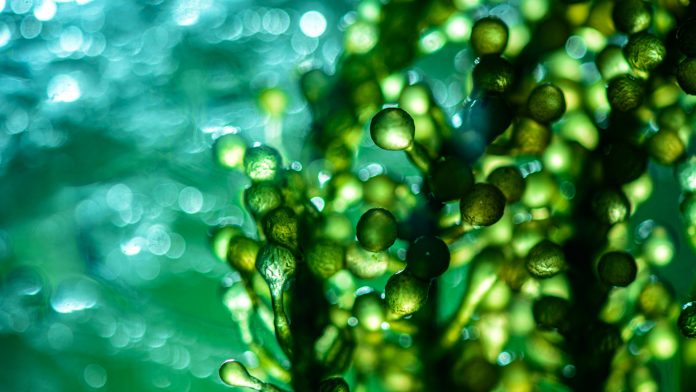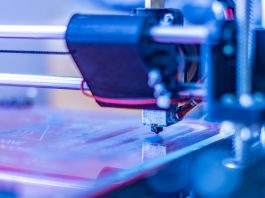Researchers from Nanyang Technological University, Singapore, have developed a technique to boost artificial photosynthesis, thus enabling greater energy generation.
There are copious types of algae covering the surfaces of ponds and seas that may open up the possibility of boosting the effectiveness of artificial photosynthesis, facilitating the production of more energy as well as lower waste.
A novel study conducted by Nanyang Technological University researchers has indicated how coating algae protein in liquid droplets can significantly improve the algae’s light-harvesting and energy-conversion properties by up to three times. This energy is generated as the algae go through photosynthesis, which is the process used by plants, algae, and certain bacteria to harness energy from sunlight and turn it into chemical energy.
Producing electricity through artificial photosynthesis
By simulating how plants convert sunlight into energy, artificial photosynthesis may be an environmentally friendly way of producing electricity that does not depend on fossil fuels or natural gas, which are non-renewable. As the natural energy conversion rate from sunlight to electricity is low, enhancing the overall electricity generated could make artificial photosynthesis commercially viable.
The research, led by Assistant Professor Chen Yu-Cheng from the School of Electrical and Electronic Engineering, studied a particular type of protein found in red algae. These proteins, known as phycobiliproteins, are responsible for absorbing light within algae cells to kick-start photosynthesis.
Phycobiliproteins harvest light energy from across the spectral range of light wavelengths, such as those which chlorophylls absorb poorly, and convert it to electricity.
Assistant Professor Chen explained: “Due to their unique light-emitting and photosynthetic properties, phycobiliproteins have promising potential applications in biotechnology and solid-state devices. Boosting the energy from the light-harvesting apparatus has been at the centre of development efforts for organic devices that use light as a power source.”
Sustainable energy from sunlight
The group’s study could lead to a novel, ecological method of producing electricity from sunlight that does not depend on fossil fuels or natural gas, which are non-renewable. New bio-inspired technology based on phycobiliproteins may be utilised to make more effective solar cells and paves the way for greater efficiency within artificial photosynthesis.
Employing algae as a source of biological energy is a popular topic of interest in sustainability and renewable energy, as algae usage possibly decreases the number of toxic by-products developed in the manufacturing of solar panels.
The researchers’ findings have been published in the journal ACS Applied Materials Interfaces.
Artificial photosynthesis intends to reproduce the natural biological process by which plants convert sunlight into chemical energy. The objective is to determine a method of making energy renewable, dependable, and storable without affecting the environment in a destructive way.
Making bio-energy more efficient
One of the difficulties of artificial photosynthesis is producing energy as effectively as other solar-powered energy sources, like solar panels. On average, solar panels have an efficiency rating between 15 and 20%, while artificial photosynthesis is currently estimated to be 4.5% efficient.
Chen added: “Artificial photosynthesis is not as efficient as solar cells in generating electricity. However, it is more renewable and sustainable. Due to increasing interest in environmentally-friendly and renewable technologies, extracting energy from light-harvesting proteins in algae has attracted substantial interest in the field of bio-energy.”
He foresees one possible use case of “algae farms”, where densely growing algae in bodies of water may ultimately be merged with larger liquid crystal droplets to generate floating power generators.
“The micro-droplets used in our experiments has the potential to be scaled up to larger droplets which can then be applied to algae outside of a laboratory environment to create energy. While some might consider algae growth to be unsightly, they play a very important role in the environment. Our findings show that there is a way to convert what some might view as ‘bio-trash’ into bio-power,” concluded Chen.





